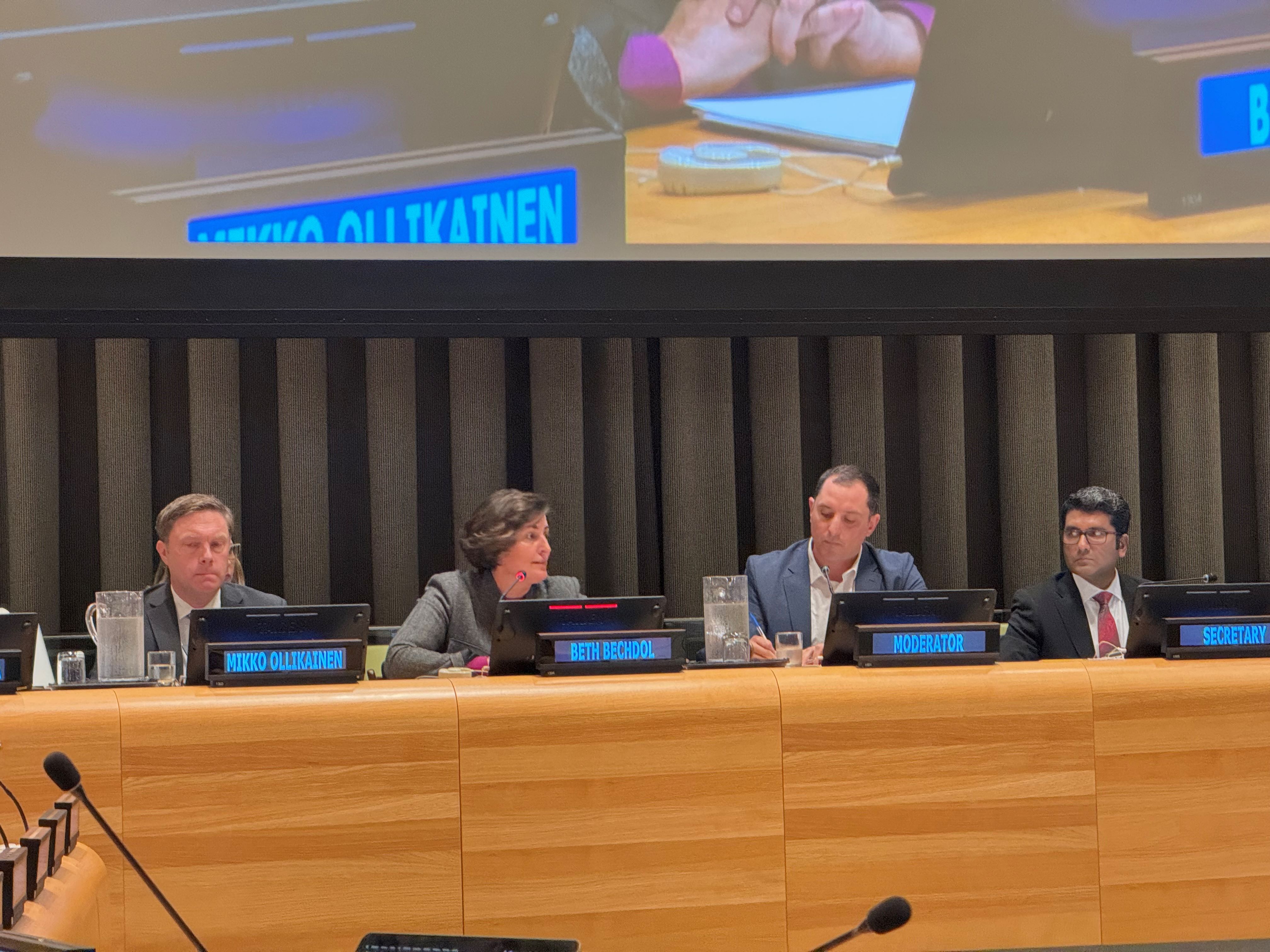The Productivity Commis sion’ s Interim Report into the National Agreement for Skills and Workforce
Developmen t is a strong contribution to the debate on the need to better align taxpayers ‘ investment in
vocational education and training with the skills needs of the economy – and p laces the n eeds of students at the
centre of policy making. That’s the vi ew of the Independent Tertiary Education Council Australia (ITECA), the
peak body representing independent providers in the higher education, vocational education, training and skills
sectors.
“The finding in the Interim Report that the government’s skills targets will not be met is dis ap pointing; however.
it is not surprising. As the Productivity Commission notes, there is a significant variation in policy priorities and
the approaches used to determine funding between each state and territory. With the funding model
somewhat of a mess, it ‘s clearly time for reform,” said Mr Troy Williams, ITECA Chief Executive.
ITECA endorses the broad findings of the Productivity Commission that current arrangements need to be
reform ed, and that now is the time to start that process. Working to address the shortfalls in current funding
arrangements will enhance the ability of independent Registered Train ing Organisations (RTOs) to best support
their students.
“We need a student -centric funding model that empowers students with information about career and course
selection. The basic principle for government investment should be one where students can select the provider
of their choice, whether it be a quality independent provider or a public one,” Mr Williams said.
The Report concluded that state and territory governments share the same goal, that subsidies should increase
participation in training, particularly by students facing disadvantage and in skill s areas in short supply or with
other public benefits. However, the Report also found that there is significant variation in policy priorities and in
the approaches used to determine which courses receive subsidies. Consequently, subsidies and student fee s
for the same courses can vary widely between each state and territory.
“This is where the work of the new National Skills Commissioner becomes critical. Students will be best served
through a nationally consistent set of course subsidies, based on the efficient cost of delivery with loadings to
address higher delivery costs in some locations and to certain student groups,” Mr Williams said.
In recognising that the Report was critical of the National Agreement for Skills and Workforce Development with
implications for the vocational education and training sector more broadly, ITECA notes that the Productivity
Commission was only tasked with reviewing a funding mechanism which supports around half of the students in
vocational education and training.
“More than 80% of the 4.1 million students in vocational education and training are with independent providers.
the majority of which pay their own way – free from government assistance. The data for these students who
pay their own way indicates that they are very satisfied with the quality of the training offered by independent
RT Os, and they achieve great completion rates and post -study employment rates,” Mr Williams concluded.



